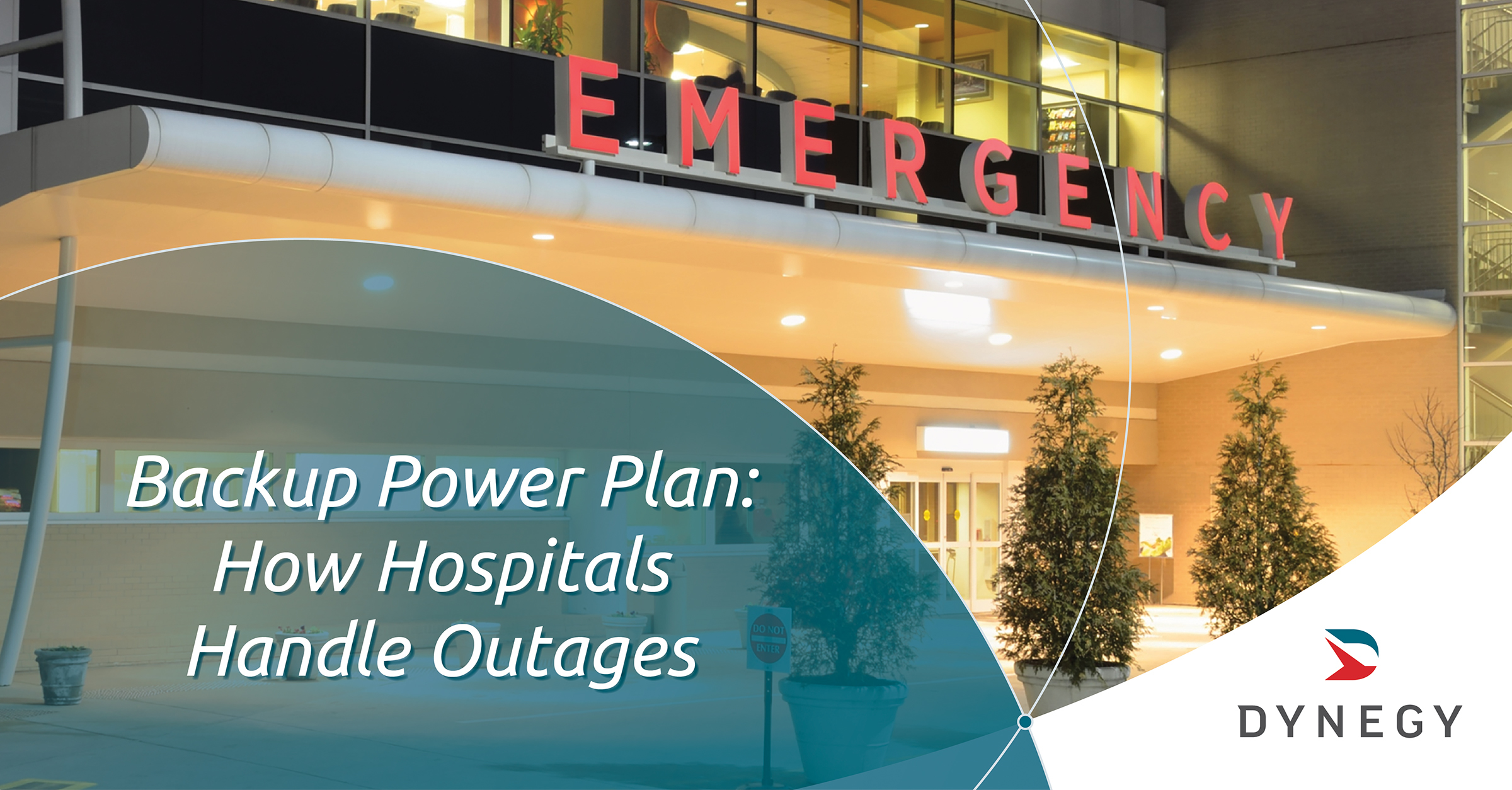Backup Power Plan: How Hospitals Handle Outages
Published:

Hospitals are well-equipped to care for those who need it, but what happens when the power goes out? Unexpected outages are a nuisance in many scenarios, but electricity can genuinely be the difference between life and death in healthcare facilities.
Aside from lights, hospitals have countless machines and devices that require nonstop electricity to keep operations running smoothly. Even an interruption lasting a few minutes can have devastating consequences for patients, vaccines, blood, plasma and tissue samples, security and more. Thankfully, hospitals can be well-prepared for outages with reliable backup power.
Emergency power supply
Every hospital has a backup system. They are either regarded as an essential electrical system (EES) or emergency power supply system (EPSS), as dictated by the National Fire Protection Association (NFPA).
** EES**
NFPA 99 treats generators as part of an EES, which includes backup generators and other electrical components connected to the existing system.
EES requirements are separated into two categories based on risk. Type 1 locations are areas where electrical failures could cause serious injury or death and require Type 1 backup power systems. Areas where a power outage is unlikely to pose a risk to patients must only meet Type 2 requirements.
** EPSS**
NFPA 110 treats generators as part of an EPSS, which includes everything in the electrical system — protective devices, transfer switches and conductors.
EPSS requirements are also split into two levels. If EPSS systems fail but don't risk human life, they are designated Type 2. In these systems, an emergency power supply (EPS) provides the power source for the EPSS.
Backup generators
Hospital generators — which typically run on natural gas or diesel — are necessary to power the facility, security systems, surgical and medical equipment, life support, refrigeration and more. In the event of an outage, these generators must restore operations in areas designated by different levels.
- Level 1: Life safety — fire alarms, emergency lighting, fire pumps and sprinkler systems
- Level 2: Critical applications — emergency rooms, operating rooms, data center for medical records and other areas critical to patient care
- Level 3: Equipment — air conditioning, hot water and other systems that offer convenience and comfort
The separation of power needs by level allows electricity to target more critical load areas if a generator fails. Hospitals that offer different services may require more generators that target even more specific areas.
Basic Backup Requirements
The Occupational Safety and Health Administration (OSHA) Standard 1910.147 and NFPA Life Safety Code 101 legally require all hospitals to have backup generators and meet other necessary qualifications. Additional codes and requirements must also be met to ensure hospitals continue to operate during an outage,
- System reliability: Does the backup power system barely meet the required codes, or can it do more? How prepared is it in case of an extended power outage?
- Maintenance: Are operations and circuitry regularly tested? Are generators and their connected systems properly maintained and repaired by qualified personnel?
- Fuel storage: Does the hospital have enough fuel to meet NFPA 70 requirements ? Additional fuel may be required by NFPA 99 or 110, or recommended by the Facility Guidelines Institute’s Guidelines for Design and Construction of Hospitals and Health Care Facilities.
- Construction modifications: Are additional areas and equipment adequately wired and tested to ensure continuous operation?
Emergency power is an essential aspect of hospital operations. By keeping up to date with required codes and qualifications, hospitals can continue to operate securely, knowing that a power outage won't drastically impact patient care and day-to-day procedures.


